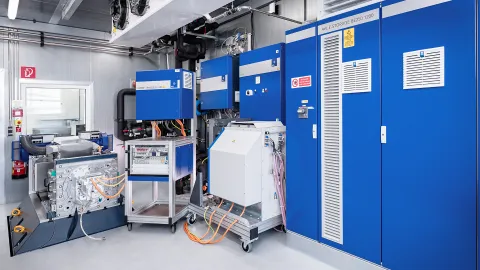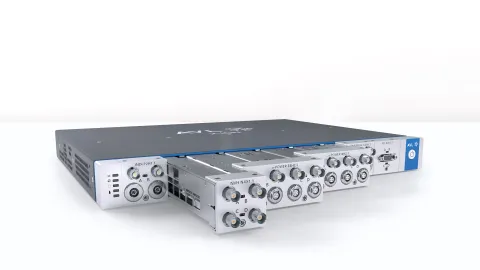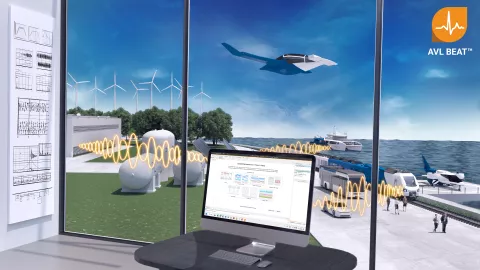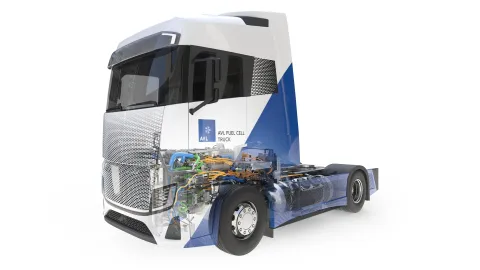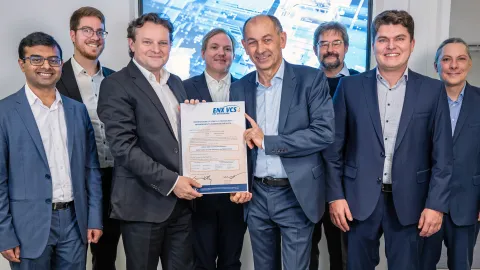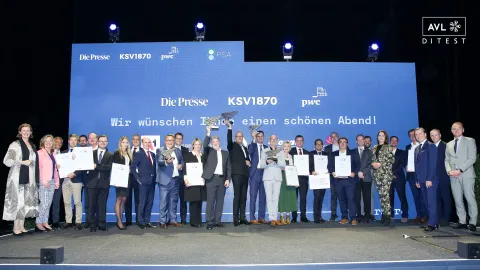Setting up current sensors often takes hours and is prone to manual errors that can ruin entire test runs. AVL CFC stores all essential sensor parameters internally and transmits them to the AVL X-ion™ PA2 automatically. This ensures fast and fault-free setup, supporting engineers with built-in intelligence and traceable calibration. Operators benefit from reduced common mode noise, delay compensation, and automatic recalibration reminders – all accessible via a smart Sub-D interface.
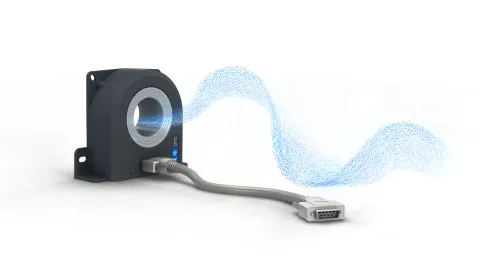
Quick and Easy Integration
Avoid parametrization mistakes and time-consuming setup processes. AVL CFC transducers provide plug-and-play integration upon installation on the testbed. All necessary parametrization data is stored inside the transducer which allows for an easy transfer of the measurement range, type, bandwidth or the primary/secondary ratio to the measurement device.
Systematic Delay Avoidance
AVL's current transducers know their individual systematic delay along the entire bandwidth. This allows a voltage signal-related, time-based correction of the measured values. As a result of the voltage signal-related correction, electric power is calculated correctly as the phase shift caused by the e-machine influences the active power calculation directly.
Accuracy Under Control
Thanks to a seamless connection to AVL X-ion™ PA2, our current sensors communicate their measurement uncertainty to the power analyzer which is able to perform a measurement uncertainty calculation acc. to IEC guide 98-1 GUM automatically. Application engineers therefore save valuable time by avoiding complex calculations with spread sheets.
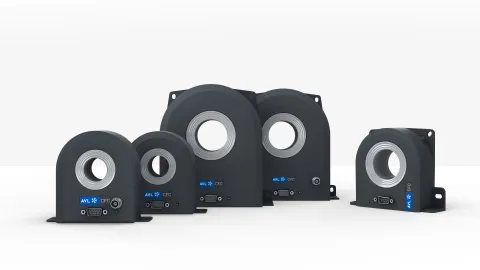
Save Time
Plug-and-play installation via automatic transducer recognition
Avoid Errors
Eliminate risks from manual configuration
Certified Accuracy
ISO 17025 calibration built-in
Confidence in Measurement
Automatic uncertainty calculation (IEC Guide 98-1 GUM)
Sensor Protection
Out-of-range alerts prevent damage and ensure reliability
Excellent Usability
Self-parametrization and recalibration reminders support a worry-free workflow
High Signal Quality
Flat phase response and sub-ppm noise levels ensure clean and accurate data
Automatic transducer recognition (IEEE 1451.2):
Identifies the sensor type and range instantly, enabling seamless integration into the measurement system.
Self-parametrization on connection:
Eliminates manual setup by automatically configuring the sensor input channel.
Frequency-dependent delay compensation:
Corrects time shifts caused by sensor delays for highly accurate power calculations.
Automatic measurement uncertainty calculation:
Computes uncertainty values during operation based on live parameters, in line with IEC Guide 98-1 GUM.
Recalibration reminder stored in transducer:
Alerts users when calibration is due, ensuring continuous measurement integrity.
Out-of-range warning system:
Notifies the operator before sensor limits are exceeded, helping prevent measurement failures and equipment damage.
Galvanically isolated measurement (CAT III PD2 1 kV):
Provides electrical safety in high-voltage environments and protects against ground loops.
Visible operation indicator:
Performs a quick visual check of sensor activity status for improved usability.
Grounded metallic housing for noise reduction:
Enhances signal clarity by minimizing common mode noise in electrically noisy environments.
Voltage Portfolio
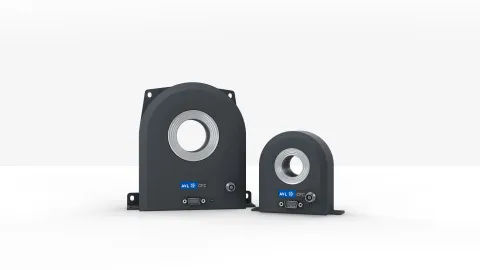
Our lineup of AVL CFC with Voltage Interface:
- CFC 50 V
- CFC 200 V
- CFC 600 V
- CFC 1000 V
- CFC 1200 V
|
||||||||||||||||||||||||||
|---|---|---|---|---|---|---|---|---|---|---|---|---|---|---|---|---|---|---|---|---|---|---|---|---|---|---|
|
*only for AVL CFC 1200 V |
Current Portfolio
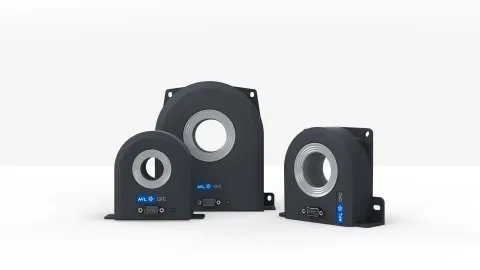
Our lineup of AVL CFC with Current Interface:
- CFC 50 A
- CFC 200 A
- CFC 300 A
- CFC 400 A
- CFC 600 A
- CFC 1000 A
- CFC 1200 A
| ||||||||||||||||||||||||||
|---|---|---|---|---|---|---|---|---|---|---|---|---|---|---|---|---|---|---|---|---|---|---|---|---|---|---|
| *only for AVL CFC 50 A **only for AVL CFC 1000 A ***only for AVL CFC 1200 A |
Solution Sheet AVL CFC
Efficient and intelligent current sensing as well as seamless integration with our power analysis portfolio
AVL Closed Fluxgate Current Transducers offer several advanced features that enhance measurement accuracy and reliability. These include automatic transducer recognition, which instantly identifies the sensor type and range, and self-parametrization, which eliminates manual setup by automatically configuring the sensor input channel. The transducers also support automatic uncertainty calculation according to IEC Guide 98-1 GUM, which helps the user gain trust to the measured signal. Additionally, they feature galvanic isolation for electrical safety and frequency-dependent delay compensation to correct time shifts caused by sensor delays, making them suitable for both AC and DC applications.
AVL CFC transducers are designed to handle high-frequency measurements with a bandwidth of up to 1 MHz. This capability is crucial for applications requiring precise measurement of high-frequency signals, such as power electronics and electric drives. The transducers maintain high accuracy across this wide bandwidth, thanks to their zero-fluxgate technology, which minimizes common-mode noise and ensures a very flat phase response. This technology, combined with real-time uncertainty calculation and seamless integration with AVL X-ion™ and AVL BEAT™ systems, ensures reliable performance in demanding high-frequency applications.
Installing AVL CFC transducers is straightforward due to their plug-and-play design and mechanical installation with bolts. They require a connection to the AVL X-ion™ or AVL BEAT™ systems via Sub-D or BNC interfaces. Upon connection, the transducers automatically configure themselves, transferring all necessary parametrization data, such as measurement range, type, bandwidth, and primary/secondary ratio, to the measurement device. This automatic setup minimizes the risk of errors and significantly reduces installation time, allowing engineers to focus on their measurement tasks without worrying about complex configurations.
AVL CFC transducers differ from traditional current sensors in several ways. They incorporate zero-fluxgate technology, which provides superior accuracy and noise reduction compared to conventional sensors. The transducers also support automatic uncertainty calculation, which allows to compute uncertainty values during operation, saving engineers time and ensuring precise measurements. Additionally, AVL CFC transducers offer self-parametrization, eliminating manual setup and reducing the risk of configuration errors. These innovations result in higher accuracy, reliability, and ease of use, making AVL CFC transducers ideal for modern electrification testbeds.
AVL CFC transducers are certified according to ISO 17025 for calibration and IEC 61010-1 for safety (CAT III PD2 1000 V). ISO 17025 certification ensures that the transducers meet rigorous standards for calibration accuracy, providing confidence in measurement results. IEC 61010-1 certification guarantees electrical safety in high-voltage environments, protecting both the equipment and operators. These certifications demonstrate AVL's commitment to quality and safety, making their transducers reliable and trustworthy for various applications.
AVL CFC transducers come in various models with different specifications to cater to a wide range of measurement needs. For example, the CFC 1200 V model has a measurement range of 850 ARMS / 1200 Apk, a bandwidth of 0 Hz to 300 kHz, and an inner diameter of 45 mm. The CFC 1200 A model, on the other hand, offers a measurement range of 1200 ARMS / 1500 Apk, a bandwidth of 0 Hz to 400 kHz, and an inner diameter of 45 mm. Each model is designed to provide high accuracy and reliability, with features such as galvanic isolation, frequency-dependent delay compensation, and automatic uncertainty calculation. Detailed specifications vary by model, ensuring that there is an AVL CFC transducer suitable for every application.

